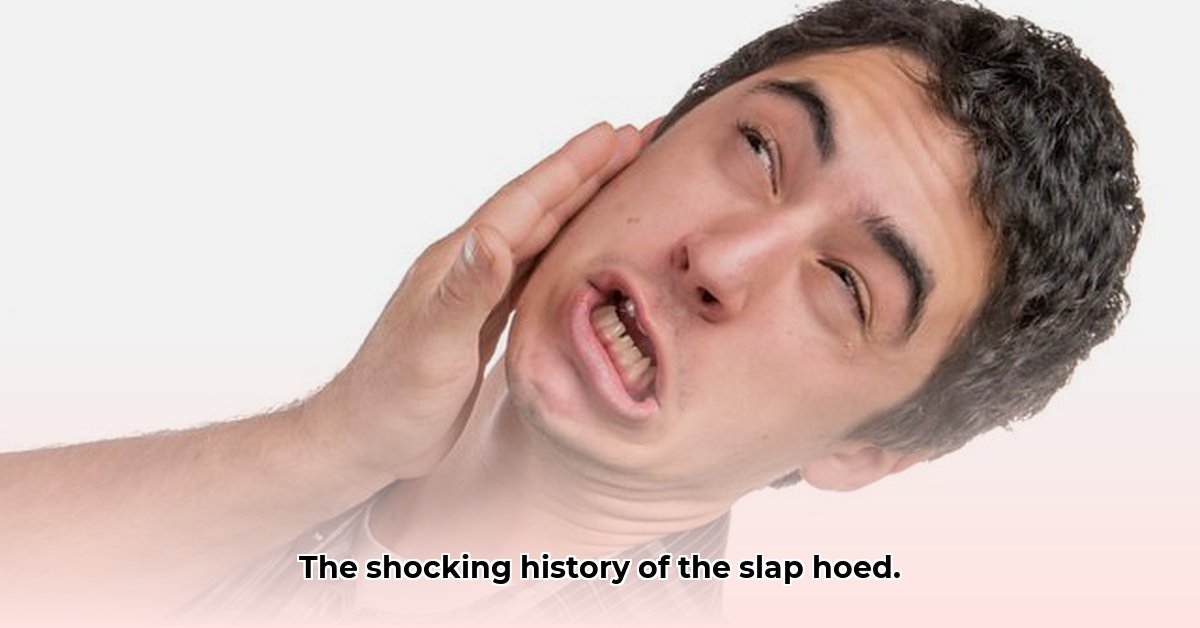
Slap Hoofddeksel Met Ingedeukt Model: A Head-Scratching History
So, you’ve heard of fedoras and Borsalinos, those stylish classics. But have you ever heard of a deukhoed? Probably not. It's a bit of a mystery, this hat – a soft hat with a distinctive, slightly dented crown. But where did it come from? Who wore it? The information is surprisingly scarce, making this less a straightforward history lesson and more a historical detective story. We'll explore what little we do know, compare it to similar hats, offer some educated speculations, and propose avenues for further research. Let's crack the case of the deukhoed!
Deconstructing the Deukhoed: More Than Meets the Eye
Defining the deukhoed (a soft hat with an indented crown) proves surprisingly tricky. Is it a specific style, or simply a descriptive term for any soft hat with a slightly squashed top? The materials, colours, and precise shape remain unclear. It shares similarities with fedoras and Borsalinos, but that indented crown is the key differentiator. The lack of precise definition suggests the term might be relatively informal, unlikely to appear in formal fashion catalogues. This informality adds to the challenge of tracing its history. The deukhoed’s existence feels more like a suggestion than a confirmed fact. Isn't that intriguing?
The Great Deukhoed Hunt: Following the Clues
Tracking down the deukhoed’s past is like detective work. Evidence is scattered; older Dutch dictionaries indicate it refers to a "dented hat," typically worn by men. But concrete dates, images, or detailed descriptions are extremely rare. The deukhoed appears more prevalent in everyday conversation than official records, a testament to its hidden history and the challenge it presents researchers. This lack of documentation makes the quest to understand it all the more compelling. But what if we could find more than just dictionary definitions? What if we could unearth actual examples?
Unearthing the Truth: Future Research Avenues
To truly solve this historical puzzle, we need a multifaceted approach:
Archiving the Unknown: A thorough search through old photographs, fashion magazines, and newspapers—particularly from the mid-20th century, the heyday of similar hats—might reveal visual evidence or written mentions of our elusive subject. This could be a treasure trove of information.
Museum Expeditions: Museums with collections of historical men's fashion might hold the key. Curators may have deukhoeds tucked away in storage, offering visual proof and insights into their production and use. The excitement of such a discovery would be immense!
Linguistic Time Travel: A detailed examination of the historical usage of "deukhoed" could unveil valuable information. Tracing its use across different texts and media may provide a clearer timeline and reveal regional variations in meaning.
Building Theories: What's the Story?
Based on the limited information, several hypotheses emerge. Perhaps "deukhoed" wasn't a specific style but a casual term for various soft hats with dented crowns—a sort of umbrella term. Or, it might have been a once-popular style that faded from fashion, leaving few traces. It could even have been regional, popular in a specific area but never achieving broader recognition. These are, admittedly, speculations, but informed guesses based on the available data. How much closer could we get with more research?
The Deukhoed's Future: The Mystery Continues
Our exploration of the Slap Hoofddeksel Met Ingedeukt Model is far from over. The mystery enhances its appeal, reminding us that everyday objects, even a seemingly simple hat, can hold untold stories. This ongoing search for answers adds to the adventure. What new discoveries await us in the pages of history?
A Call to Arms: Join the Hunt!
This isn't just a historical investigation; it's a collaborative effort. We invite you to share any knowledge, anecdotes, or findings related to the deukhoed. Perhaps you have an old photograph, or a family story? Your contribution could be the missing piece of the puzzle. Let's solve the deukhoed mystery together! What secrets does the past hold for us?
How to Identify Authentic Vintage Dutch Deukhoed Hats
Encountering a hat described as a deukhoed is exciting, but authenticating it presents a considerable challenge. Limited historical documentation makes definitive identification difficult.
Defining the Elusive Deukhoed
A deukhoed is a soft hat, usually felt, with a dented crown. Resembling fedoras and Borsalinos, its precise origins and defining features remain largely unknown, making authentication challenging. There’s no universally accepted blueprint.
The Challenges of Authentication
The lack of written records and the fragmented information available online make authentication difficult. Even fashion historians might struggle to pinpoint exact manufacturing dates or makers.
Uncovering Clues: What to Look For
While no definitive guide exists, certain features can increase the likelihood of authenticity:
Material: Authentic deukhoeds were likely made from high-quality felt showing signs of age and wear but with structural integrity. Cheap materials suggest a modern reproduction.
Construction: Examine stitching—meticulous stitching points to quality craftsmanship, while loose threads or uneven stitching point to counterfeits.
Overall Condition: A vintage hat will show signs of age: gentle wear, minor imperfections, maybe a faded colour. Perfect condition in a supposedly vintage item is suspicious.
Provenance: The origin of the hat matters. Reputable vintage shops or auction houses are more reliable sources than unregulated online marketplaces.
Speculation and the Ongoing Search
It’s possible that deukhoeds evolved from earlier hat styles, or were regional variations prevalent in specific Dutch communities. Further investigation into Dutch fashion archives and regional museums might offer clues.
The Mystery Continues: A Call to Action
Definitive identification of authentic vintage deukhoeds remains a challenge. Collaborative efforts, sharing photographs and descriptions of suspect hats with online forums or historical clothing societies, will aid research. This collective effort is crucial to clarify the ambiguous world of deukhoed identification.
Key Takeaways:
- Authenticating vintage deukhoeds is difficult due to limited historical documentation.
- High-quality materials and impeccable construction suggest authenticity.
- Signs of age and wear are expected on vintage items.
- Provenance is crucial for verification.
- Ongoing research and collaboration are vital to unraveling the deukhoed’s mysteries.